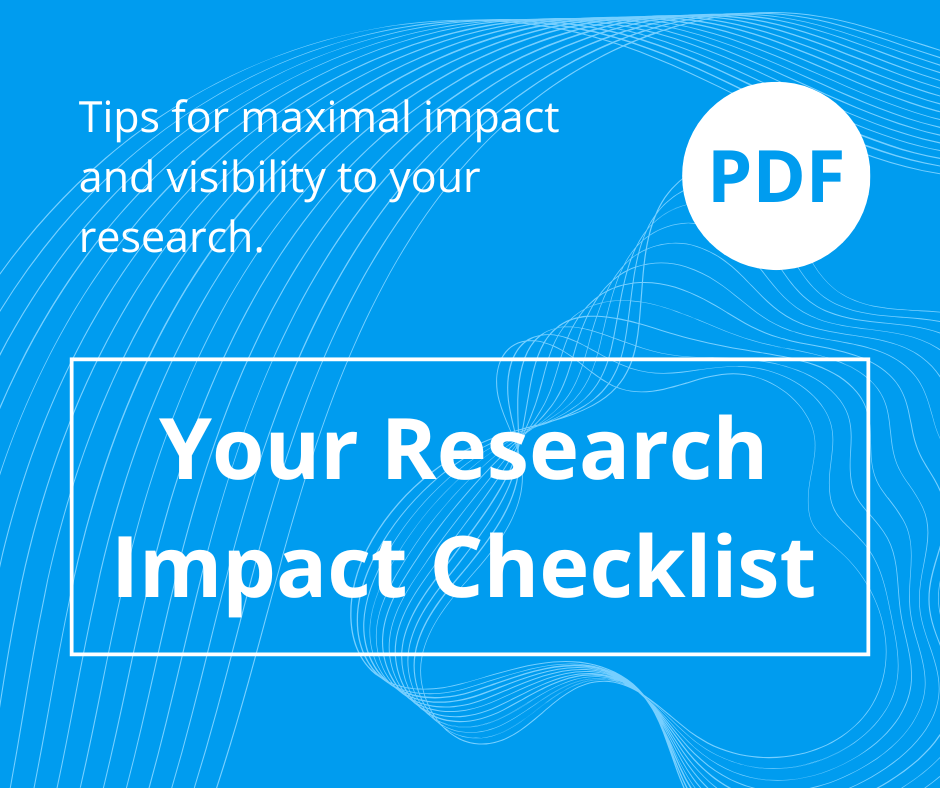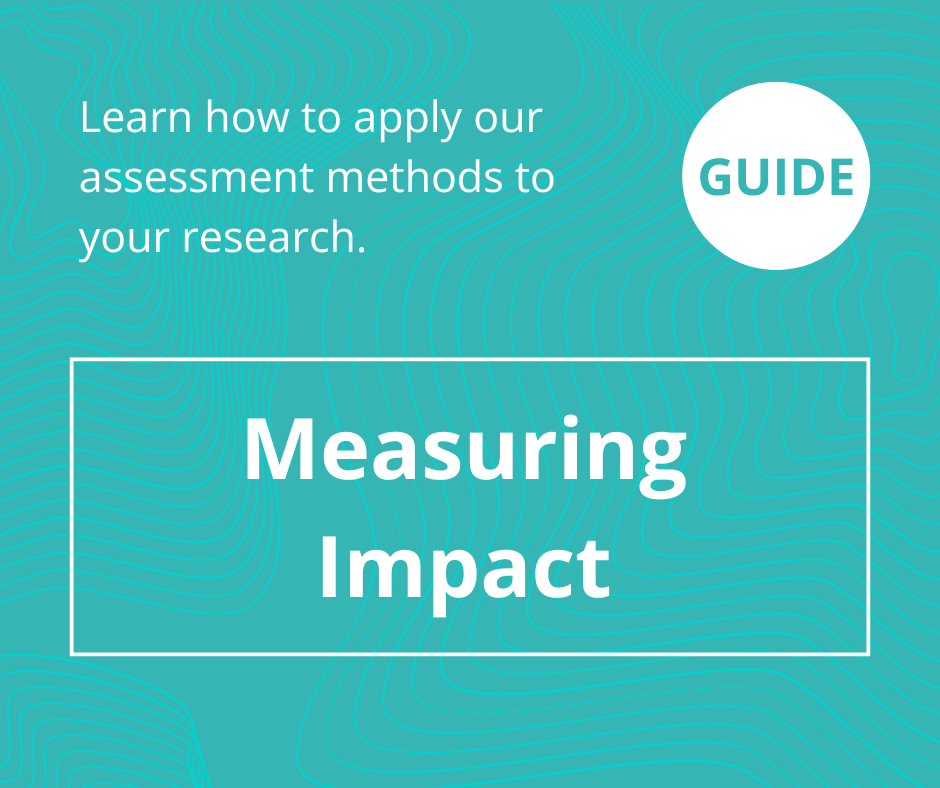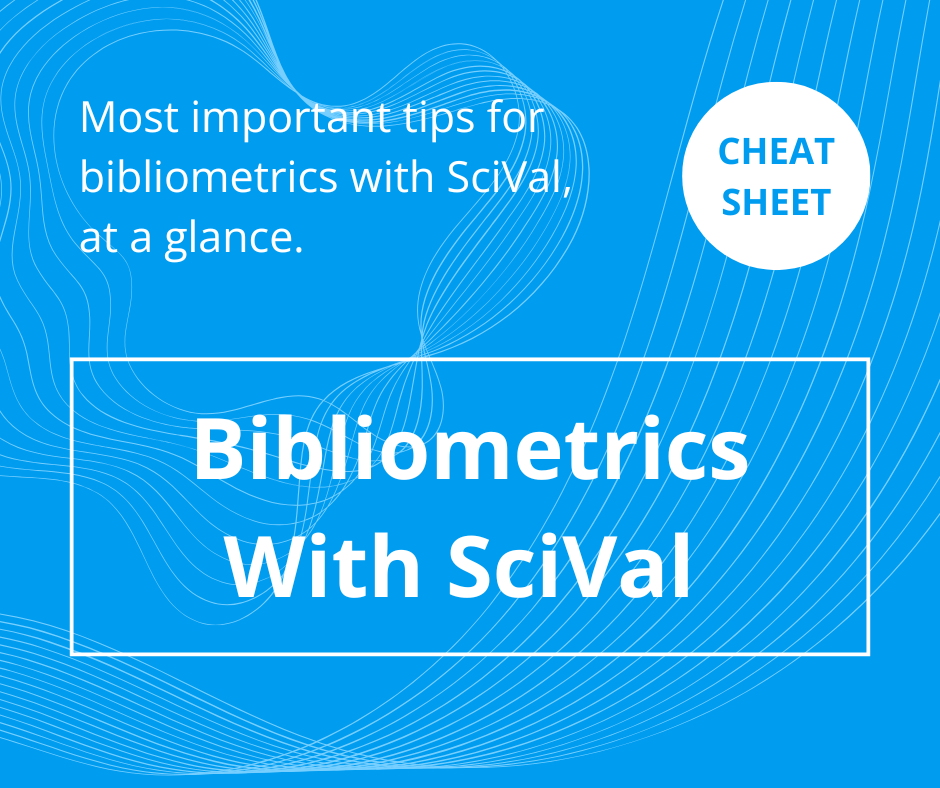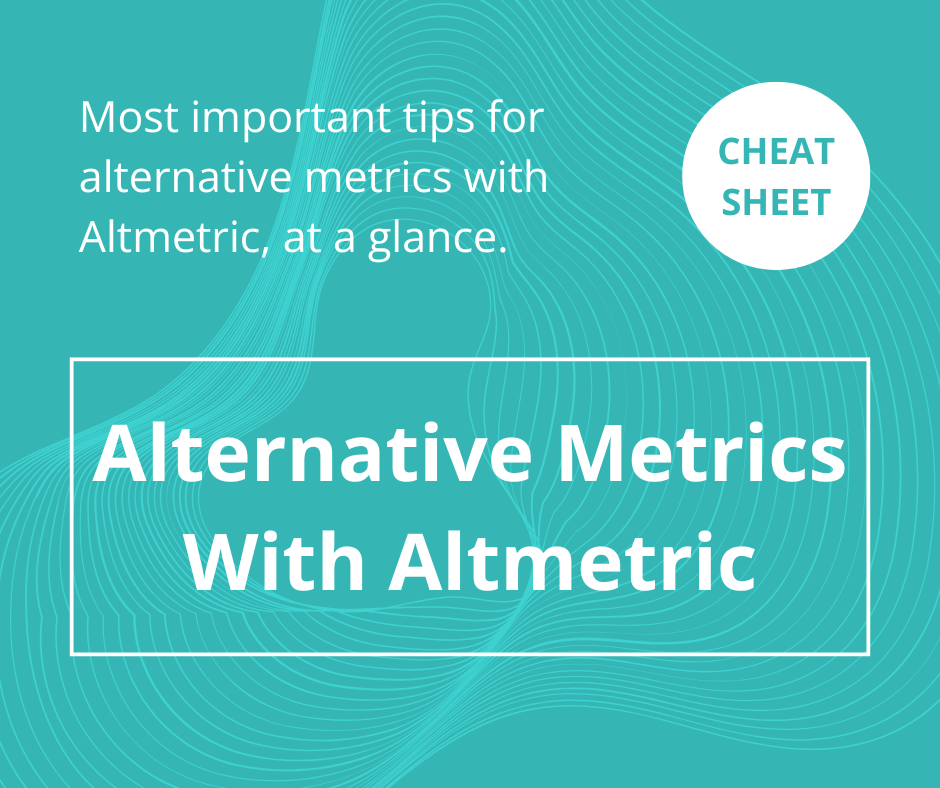Your Research Intelligence Toolkit
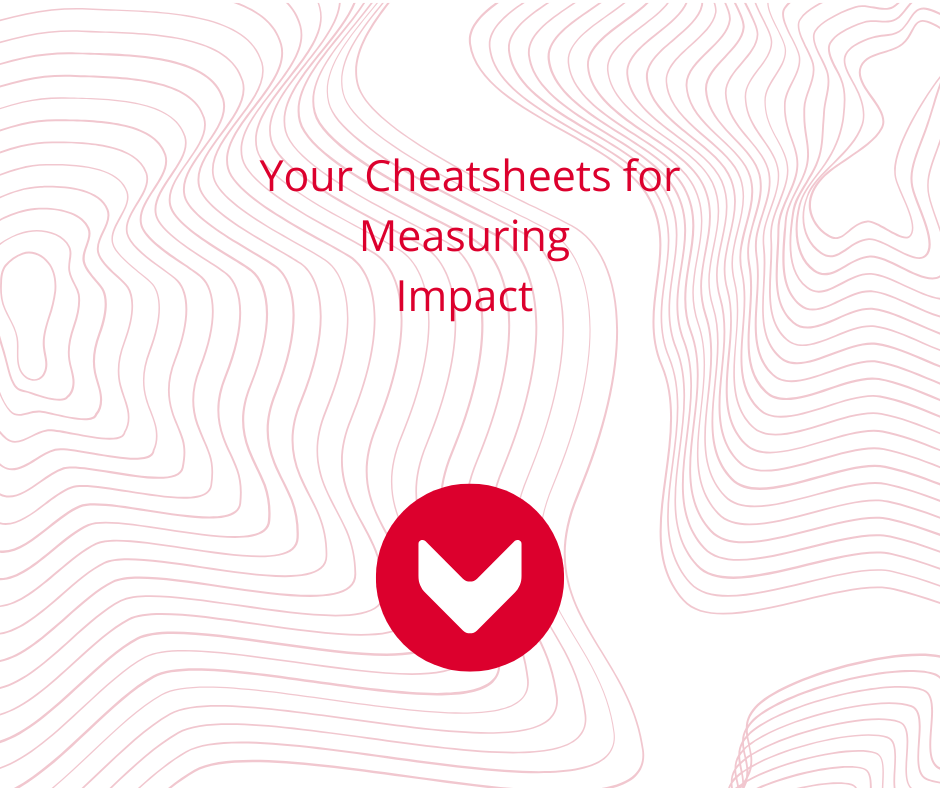
More tools from other sources
- Self-assessment of research impact awareness, literacy and readiness
- What do you need to track the impact of research?
- Impact Literacy Workbook
If you cannot find the tool you need here, do not hesitate to contact us at rise rug.nl to let us know.
| Last modified: | 16 June 2025 12.12 p.m. |



